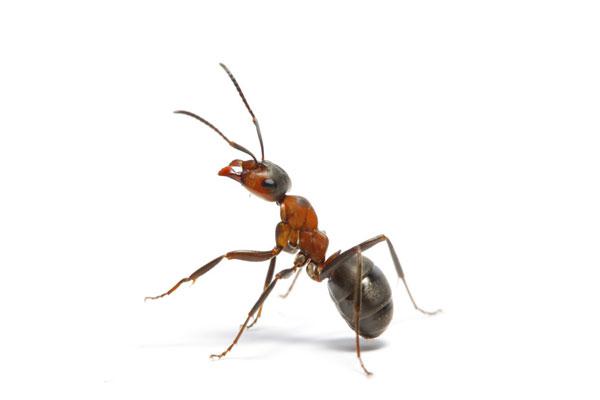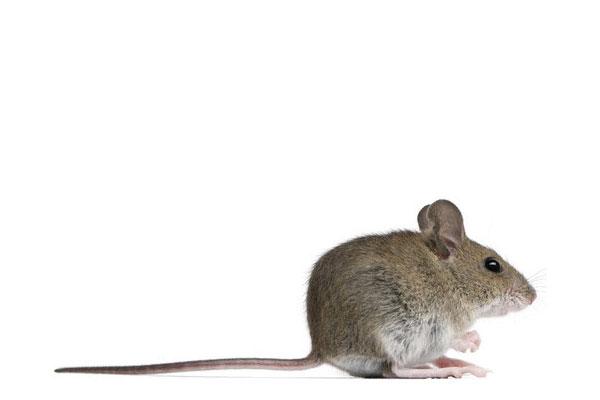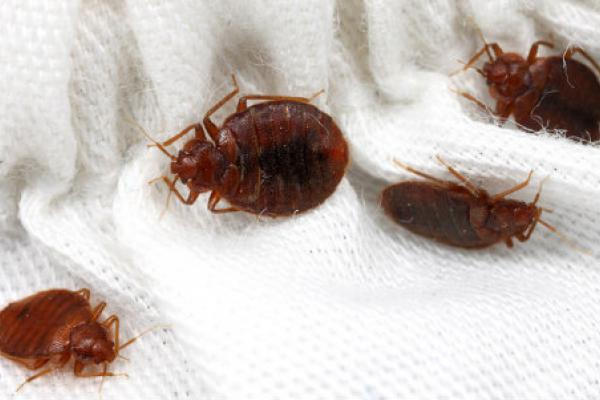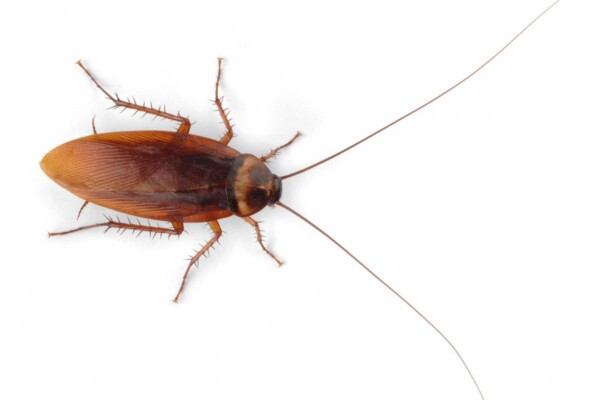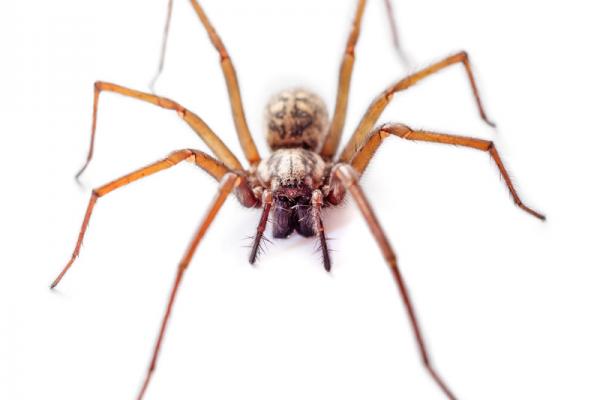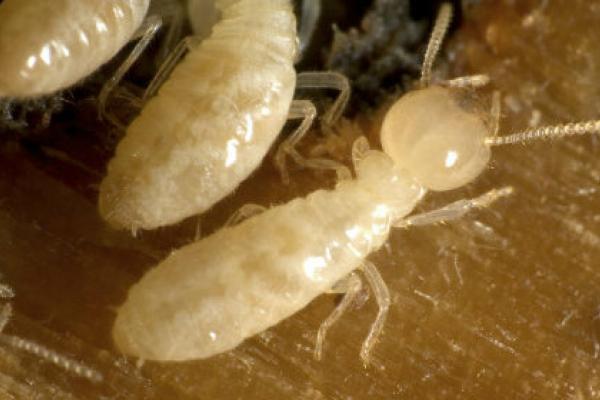Healthcare Facilities Pest Control
Humanity has possessed an understanding of what causes infectious disease for only about two-hundred years, and one definitive discovery occurred in 1847 thanks to the attention of the Hungarian obstetrician Ignaz Semmelweis. Upon noticing that doctors who delivered babies after performing autopsies had patients with incredibly higher mortality rates, he prescribed hand washing for physicians. Such hygienic practices improved patient outcomes, and advances in cleanliness that hospitals employ today do likewise. One of the most important of those advances is pest control services for hospitals.
As an established healthcare pest control provider, Smithereen will offer your dynamic healthcare environment a proactive Integrated Pest Management Program that will fulfill your sensitive needs. We will work one on one with you to realize a tailored program that protects patients, residents, employees, and guests from pests that can jeopardize health, safety, and your facility’s image. Smithereeen’s proactive approach will focus on pest prevention rather than reaction in all types of healthcare facilities.
Pest Control Procedures for Hospitals & Healthcare Facilities
Though we will discuss the major pests that appear in healthcare facilities in our next section, one of the general truths to know about them is that their primary risk lies in the spreading of bacteria rather than bites or similar wounds. If pests begin to appear throughout a healthcare facility, they can cause widespread infection and place the hospital or clinic at risk of legal and governmental action. This risk increases as the size of the facility grows, and certain patient populations face additional vulnerability due to their specific conditions.
The most ideal way to manage industrial pest control in healthcare contexts is through an Integrated Pest Management (IPM) approach. Internationally recognized, this proven, science-based approach seeks to blend more traditional methods of extermination with other non-chemical approaches. The University of California Agricultural & Natural Resources Statewide Integrated Pest Management Program explains, “Integrated pest management, or IPM, is a process you can use to solve pest problems while minimizing risks to people and the environment. IPM can be used to manage all kinds of pests anywhere — in urban, agricultural, and wildland or natural areas. IPM is an ecosystem-based strategy that focuses on long-term prevention of pests or their damage through a combination of techniques.”
It’s that combination of techniques that inform effective industrial pest control, including pest control procedures for hospitals and healthcare facilities. IPM involves a number of specific steps to function effectively. The first (and possibly the most important) step is to perform an inspection to determine 1) whether or not a pest problem exists; and 2) what kind of pests have become established in the property. Precise identification is important because IPM professionals use their knowledge of pest life cycles, behaviors, preferred food sources, and reproduction patterns to take preventative measures.
The second step involves setting tolerable threshold levels for a specific context. Although everyone would like to completely eradicate pests, sometimes this isn’t practical, especially for larger facilities. For healthcare facilities, determining an acceptable level predicated on potential health impacts or structural damage will necessarily be very, very low.
The third step is to eliminate any harborage spots, those areas that serve as the pests’ homes and habitats. This usually involves employing the chemical and mechanical means that many associate with “traditional” pest control.
Fourth, IPM professionals seek to create a preclusionary boundary around the property by eliminating some combination of the pests’ nourishment, shelter, or water. Practically, this involves eliminating entry points to the property, patching leaks, removing trash, and establishing operating patterns that frustrate future incursions by pests.
Finally, IPM practice should include ongoing monitoring to ensure that there aren’t any new pest introductions into the facility. Only by including all of these steps can healthcare facilities and pest management work effectively together.
Major Pests in Healthcare Facilities
While it’s true that types of pest populations may vary somewhat by geographic location, hospitals and other healthcare facilities tend to attract specific sorts of pest. In this section, we will detail the most common major pests typically found in healthcare facilities.
Cockroaches
Cockroaches are renowned for their hardiness and ability to survive in almost any context — including hospitals. Unfortunately, they are spreaders of all sorts of bacteria. In one 2009 study published by Cambridge University Press, the authors surveyed multifamily dwellings and reported, “We identified 30 different [bacterial] species from 52 different flats. Klebsiella oxycytoca, K. pneumoniae and Enterobacter cloacae were the most frequently found. Pathogenic and potentially pathogenic bacteria represented 54% of all the bacterial identifications.”
Flies
Similarly, flies are also ubiquitous pests, and they carry even more diseases than cockroaches. PennState Extension says, “House flies are strongly suspected of transmitting at least 65 diseases to humans, including typhoid fever, dysentery, cholera, poliomyelitis, yaws, anthrax, tularemia, leprosy and tuberculosis. Flies regurgitate and excrete wherever they come to rest and thereby mechanically transmit disease organisms.”
Rodents
In the 13th century, rodents (and their concomitant fleas) were famous spreaders of the Black Death, the world’s most brutal pandemic, and they spread numerous diseases today. The CDC states that those illnesses include Hantavirus Pulmonary Syndrome, Leptospirosis, Rat-Bite Fever, Salmonellosis, and more.
Ants
Ants are irritating insects, but one of the most problematic for hospitals is the pharaoh ant. According to the University of Florida Institute of Food and Agricultural Sciences, “In ant-infested hospitals, burn victims and newborns are subjected to increased risk because the Pharaoh ant can transmit over a dozen pathogens such as Salmonella spp., Staphylococcus spp., and Streptococcus spp.”
Which Pests Should You Keep an Eye-Out For?
Sometimes managers of healthcare facilities wonder which specific pests they should prioritize. While this is an understandable query, the real answer is, “All of them.” Hospitals, clinics, and all other healthcare providers cannot afford to allow any insect, mammal, or wildlife populations to thrive. In addition to the legal risks involved, one must also consider the sacred trust of the health of the patients under their care.
Pest Control for Hospitals, Clinics, and Healthcare Facilities
Fortunately, you have a trusted partner in pest prevention. Smithereen Pest Management Services offers IPM services for all types of healthcare facilities, including the following:
- Hospices
- Hospitals
- Assisted Living Facilities and Senior Living Centers
- Dentist’s Offices
- Specialist Clinics
- Doctor’s Offices/Clinics
Our specialists are trained in the behavior and biology of pests. This understanding makes it easy to quickly locate the source of your problem and eliminate it to keep your facility compliant with all local codes and laws. Each of our clients get an Integrated Pest Management Program that is customized to their specific facility and ensures the health and safety of patients, guests, residents, and employees while preserving your company image.
Smithereen pest control specialists are trained to identify, assess, and eliminate infestations in healthcare facilities.
In a healthcare setting we understand that keeping a pest free environment is critical to maintaining the health and comfort of your patients. We also understand that in spite of your best efforts, even the most modern healthcare facilities can serve as a home and consistent food source to pests. However, with our proactive approach you will never be left unprotected.

